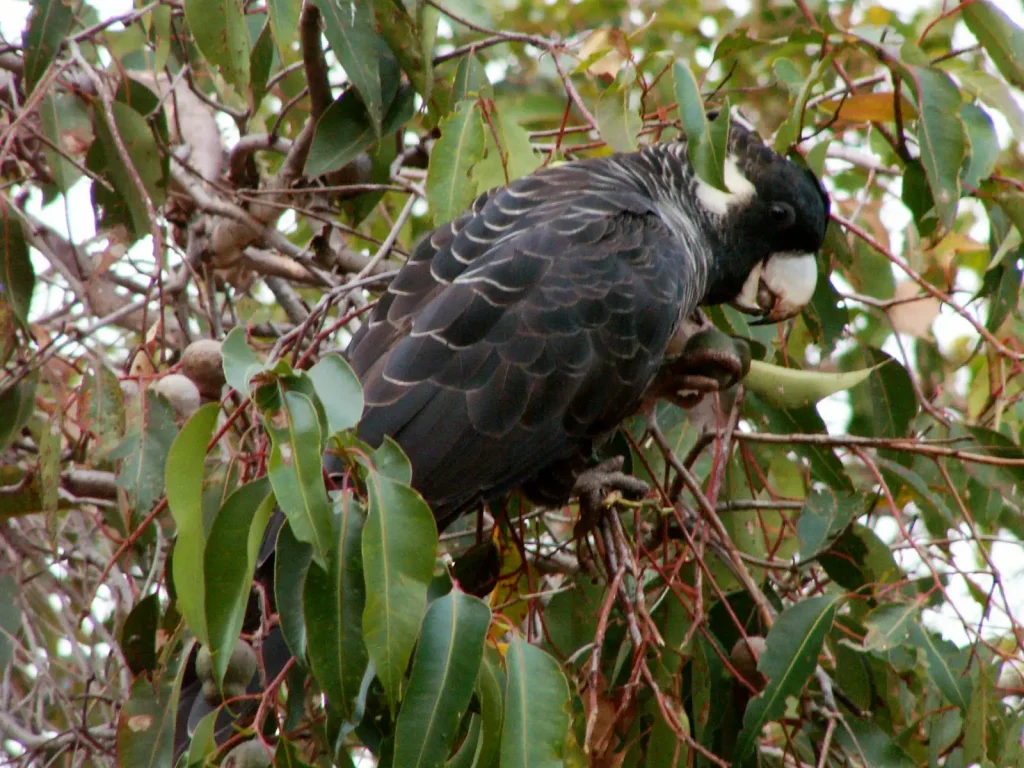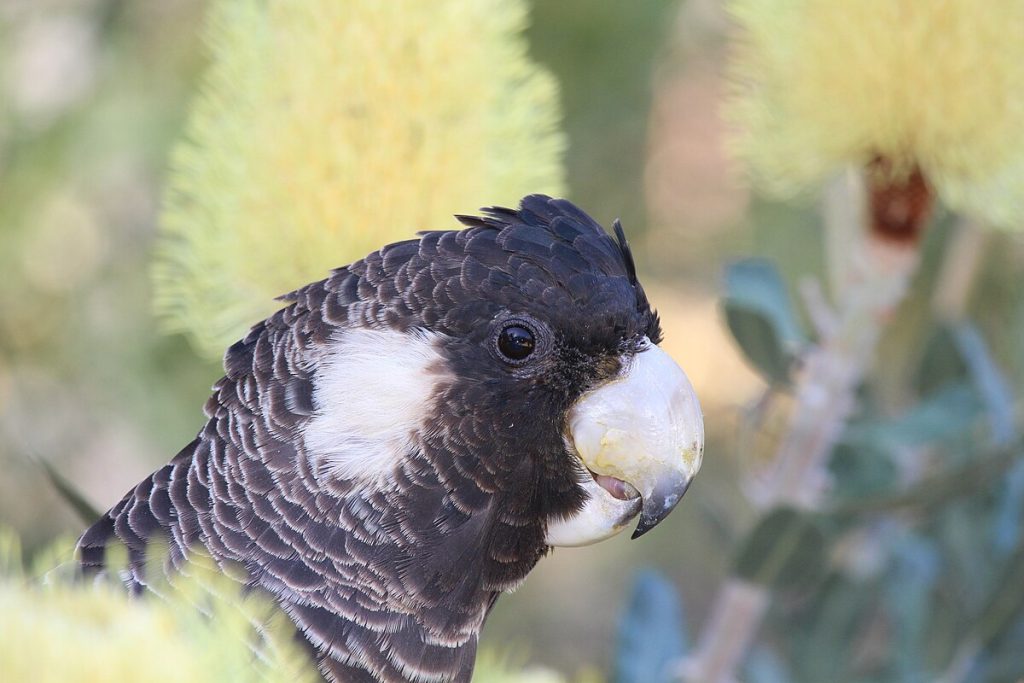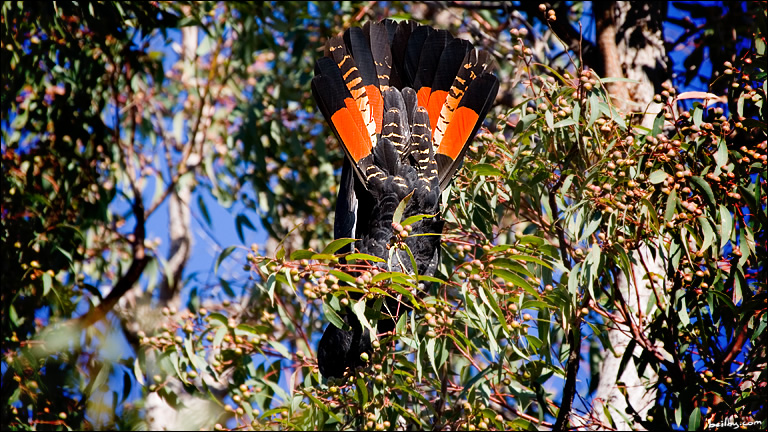Black Cockatoo Project
The Blackwood Basin Group is dedicated to actively supporting and implementing projects that protect and enhance habitat for Black Cockatoos in the region. By collaborating with Talison Lithium, local landholders, government agencies such as South West NRM, and conservation partners, the group focuses on on-ground activities such as revegetation with native food plants, potentially installation of watering stations and more nesting hollows, and protection of nesting sites and Monitoring Programs. Their ongoing monitoring and habitat restoration efforts help to secure suitable breeding and foraging environments for the threatened black cockatoo species that rely on the native woodlands and riparian areas of the Blackwood Basin. Through community engagement and conservation partnerships, the Blackwood Basin Group plays a positive role in ensuring the long-term survival of these iconic birds in the area.
The Blackwood Basin Group is taking a reporting and monitoring initiative to record the accidental death of Black Cockatoos on the Roads of the South West. Please read this for your information.
WILD LIFE ROAD ACCIDENTS
If you hit a black cockatoo with your car, the best immediate action is to safely approach the bird without causing it further stress or injury—only if it is safe for you to do so, Hazards and a hi vis shirt ideally. Use a thick towel or blanket to gently cover and pick up the bird, being careful of its powerful beak. Place the cockatoo in a ventilated box or carrier in a warm, quiet, and shaded area. Do not attempt to feed or give water.
You must then contact expert help immediately: call the Black Cockatoo Rescue Service at Kaarakin on (08) 9390 2288 during work hours or 0448 046 202 after hours, or the Parks and Wildlife Wildcare Helpline on (08) 9474 9055. Alternatively, if you can safely transport the bird, take it to a local veterinarian—they will accept native wildlife and will contact rescue services directly.
Keep detailed notes about where and how you found the bird to assist rescuers. Stay nearby until help arrives if you can do so safely, and remove any threats such as pets.
Prompt veterinary or professional wildlife care is critical for the bird’s survival and chances of rehabilitation back into the wild.
IF THE BIRD IS DEAD
If you find a black cockatoo that has been killed by a car, the best course of action is to report the sighting to help conservation efforts. Recording such incidents helps track threats to these threatened species. You can submit the location and details to programs like the Southwest Black-Cockatoo Recovery Project or participate in citizen science initiatives such as the Great Cocky Count or CockyWatch Road Survey.
Additionally, notifying local wildlife authorities such as the
Department of Biodiversity, Conservation and Attractions (DBCA) Wildcare Helpline (08 9474 9055) can ensure the carcass is handled appropriately and any necessary data is collected. Avoid moving the bird unless advised, quite often the partner bird will mourn the body, so putting on your hazards and making sure its safe to do so, remove the body onto the far shoulder of the road, to avoid the other birds getting hit, (this happens very commonly) causing breeding pairs to decrease.
Reporting roadkill contributes valuable information to help protect and conserve black cockatoos, whose populations are rapidly declining due to threats including vehicle strikes.
Reporting Roadside Kills to Blackwood Basin would be also a great way to help us establish areas where Cockatoo migration areas are, where we could advise for Caution Signs. Please Email, if possible a photo of the location and the bird, time and location.
enquires@blackwoodbasingroup.org.au
Baudin’s Black-Cockatoo
Zanda baudinii
Baudin’s Black-Cockatoo is endemic to the south-west of Western Australia. It is a large, greyish-black cockatoo with a large bill and one of Australia’s five black cockatoo species. The population of this cockatoo has declined because of habitat degradation, removing nesting hollows and food resources.

Carnaby’s Black-Cockatoo
Zanda latirostris
Carnaby’s Black-Cockatoo is endemic in the south-west of Western Australia. It is a large, dull black cockatoo and one of Australia’s five black cockatoo species. The population of this cockatoo has declined because of habitat degradation. Trees with suitable breeding hollows are rapidly being cleared and are in short supply. Research has shown that they need remnants of native vegetation within 12 kilometres of their nesting sites to raise healthy young.
More information at Birdlife Australia
https://birdlife.org.au/bird-profiles/carnabys-black-cockatoo/

Forest Red-tailed Black-Cockatoo
Calyptorhynchus banksii naso
Forest Red-tailed Black-Cockatoos are a subspecies of the Red-tailed Black-Cockatoos and are endemic to the south-west of Western Australia. They are the easiest to distinguish from other black-cockatoos due to their namesake red tail feathers.
More information at Birdlife Australia
https://birdlife.org.au/bird-profiles/forest-red-tailed-black-cockatoo/

